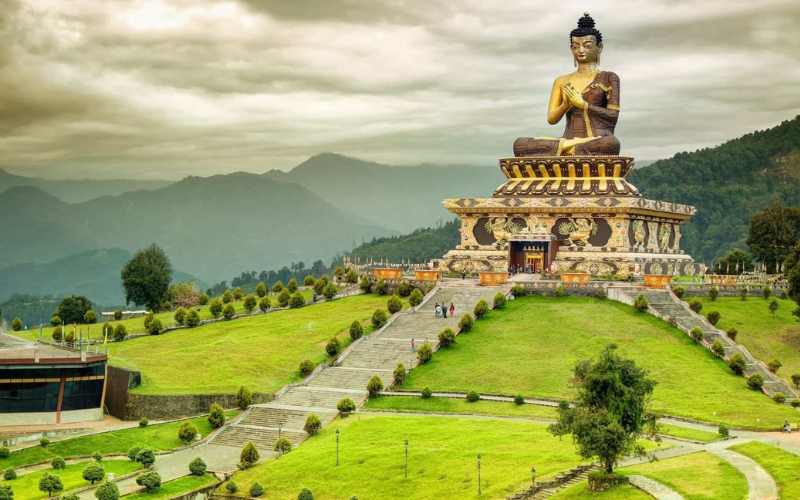
Understanding Northeast India's Sparse Monumental Architecture
The northeastern region of India, often referred to as the "Seven Sisters," comprises eight states with diverse cultures, languages, and histories. While the region is rich in natural beauty, tribal cultures, and unique traditions, it is true that it doesn't boast the same kind of historic monuments and palaces as some other parts of India.
The northeastern region has historically been a frontier zone, often at the crossroads of various Asian civilizations. It was a buffer region between India and Southeast Asian kingdoms, and as a result, its history was more influenced by tribal cultures and local chieftains rather than centralized empires that built grand palaces and monuments.
The region's hilly terrain and dense forests made it less conducive to the establishment of large-scale architectural projects compared to the plains of North India. The challenging geographical features might have deterred monumental construction.
Tribal cultures of the northeast often placed more importance on oral traditions, dance, music, and other forms of intangible heritage over monumental architecture. Their history and cultural narratives were passed down through generations in these forms rather than through grand buildings.
The northeastern states were among the last to be integrated into the Indian Union, with many areas being under British administration or princely states until well into the 20th century. This late integration might have limited the opportunity or inclination to build grand monuments as symbols of power or identity.
The region has faced various economic and political challenges over the years, which might have diverted attention and resources away from monumental construction.
Some historical sites in the region might have existed but could have been lost due to natural disasters, neglect, or lack of conservation efforts.
While the northeastern region
may not have the same kind of historic monuments and palaces as other parts of
India, it is essential to appreciate and celebrate its unique cultural
heritage, natural beauty, and vibrant traditions. The absence of grand architectural
wonders doesn't diminish the richness and depth of the region's history and
culture.
Disclaimer: The opinions expressed in this article are those of the author's. They do not purport to reflect the opinions or views of The Critical Script or its editor.

Newsletter!!!
Subscribe to our weekly Newsletter and stay tuned.

















Related Comments